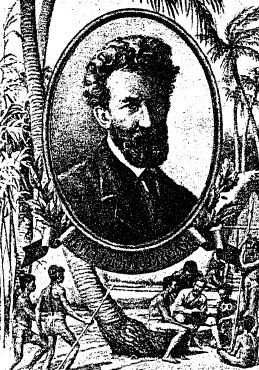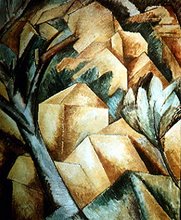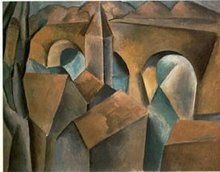Abstract
Key words: Yunnan, Tibetan Empire, Tang Dynasty, political culture, social institutions
For my main research of common cultural patterns in Eurasia-Pacific unconscious cultural heritage among other readings I address works on history of different regions in this vast area. The reading brought me to the history of the cultural region which crosses the borders of contemporary Burma and Yunnan province of China. In the book of Maung Htin Aung[1] “A History of Burma” published in 1967 I found an interesting paragraph:
The third migration of Mongolians[2] affected Burma rather than the other parts of the Indo-Chinese peninsula; these were the Tibeto-Burmese, from the southeastern slopes of the Tibetan mountains. Whereas the reason for the migrations of the Malays and the Mon-khmers could be only conjectured, there is evidence that the Tibeto-Burmese migrations were for political reasons. The two kingdoms of Tibet and China were locked in bitter rivalry, and the Tibeto-Burmese were hemmed in between them. They had reached the same level of culture as the Tibetans and the Chinese of the time, but they considered their independence and social institutions to be more valuable than their material culture, and accordingly they fled from their homeland. After trekking across icy mountains and through dense forests, some of them entered Burma from the northwest and others the northern mountains to enter from the northeast.
Maung Htin Aung (1967: 2)
This historical episode could take place in the period between the beginnings of the 7th and the 10th centuries AD when there were long time conflicts between Tibetan Empire (618-842) and Tang Dynasty (618-907). The long period of military conflicts between Tang Dynasty China and Tibetan Empire started in 665 and ended with the collapse of Tibetan Empire in 842. The population in the region of nowadays Yunnan province was involved in those conflicts; the fact that resulted in emergence of strong local powers: Damengguo (大蒙國; 649-737) and Nanzhao (南詔; 737-902). These two local kingdoms were founded in the area of Erhai Lake (洱海). The area had a unique strategic location within the upper watershed areas of the most important rivers for the mainland South-East Asia; with Yangtze (長江) connecting the region with Southern China, Mekong with Indo-China Peninsula and Salween with Burma; in the west from those three rivers the confluence of the rising there N’Mai and Mali rivers forms downstream Irrawaddy, the main river of Burma; in the south from Erhai Lake the Red river takes its beginning and connects the region with the Northern Vietnam; and finally, starting in the east from Erhai Lake the Nanpan river is a connection with Guangdong area of Southern China. Such unique geographic location made the region a bottleneck of numerous waves of migrations from the Central Asia regions into the South-East Asia which took place both in historical and prehistoric times. A prominent linguist Robert Blust[3] suggests that the area of the southeastern slopes of the Tibetan mountains was a starting point for development and dispersal of the main South-East Asian linguistic groups: the Austroneasian (along Yangtze and, probably, Nanpan rivers to the Southern China); the Austro-Asiatic and Tai-Kadai languages (along Mekong and the Red rivers to Indochina Peninsula); and the Tibeto-Burmese (along Salween and Irrawaddy rivers to Burma).
The above mentioned paragraph from Htin Aung’s book suggests that at least one historical case of massive migrations from the southeastern slopes of the Tibetan mountains had political reasons, and so could be analyzed in the conceptual framework of political culture. The purpose of current term-paper is using the theoretical framework of political culture to verify whether the reasons for the Tibeto-Burmese speakers’ migrations to Burma were in fact political. For the testing of the above mentioned assumption the following question could be a useful instrument: what the particular political and social institutions supported the development of the Nanzhao kingdom and what was their special value compare to the political institutes of Tibetan Empire and Tang Dynasty China or whether such particular value really existed? This study could help also to understand the processes which influenced the migration activity and the phenomenon of language families’ dispersal in the South-East Asian mainland in the times which have no historical evidences.
Igor Sitnikov
[1] Dr. Htin Aung (1909 – 1978) was an important scholar of Burmese history and culture. Educated in Oxford and Cambridge, Htin Aung wrote several books on those subjects.
[2] The term Mongolians (or Mongolic) is used here to describe people of East Asian and Southeast Asian origin. Now the term is regarded as potentially offensive.
[3] Robert A. Blust (born 1940) is a prominent linguist in several areas, including historical linguistics, lexicography and ethnology.










